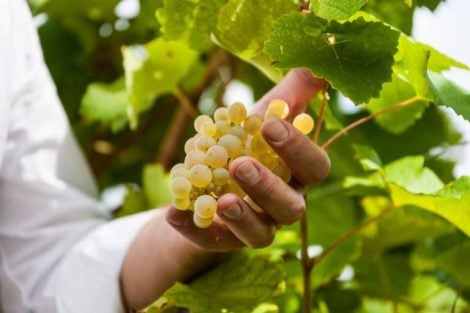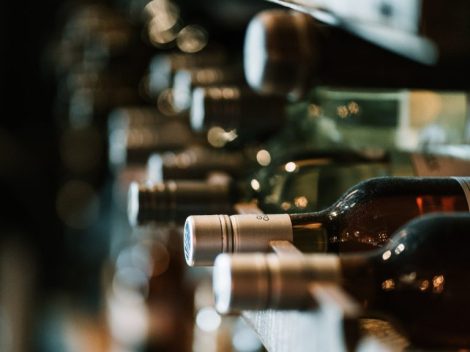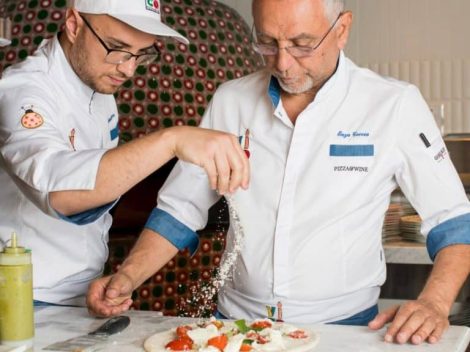We last met Martin Foradori Hofstätter, now at the helm of the historic family of South Tyrolean wine producers, at Vinitaly 2024, where he was presenting his range of de-alcoholised wines and describing himself as “A German winemaker with an Italian passport.” Martin decided not to limit himself to producing Pinot Noir and Gewürztraminer in Tramin-Termeno, Bolzano, choosing also to focus decisively on non-alcoholic wines. With a growing market focused on healthier, lower-calorie options, Foradori saw the opportunity to invest in a line of de-alcoholised Rieslings, made in Germany, where since 2014 Hofstätter has managed the Dr. Fischer winery in the Mosel region, with vineyards in the Saar Valley. But making high-quality de-alcoholised wines requires skilled hands not only in the cellar but especially in the vineyard, so for over 15 years, Hofstätter has employed an all-female team from Romania, who tend the vines in the spring and during harvest. The producer hopes that Italy will embrace this trend, overcoming prejudices and resisting the notion that “wine” must necessarily mean alcohol.
What inspired the idea to expand your wine range and add a still wine and a sparkling non-alcoholic option?
I discovered these products in 2019 thanks to my son, Niklas, because one of his classmates in his oenology and viticulture program in Germany had a facility dedicated to wine dealcoholisation. But it was my daughter Emma, the youngest in the family and now working with us, who convinced me 100% and made me see things differently regarding the non-alcoholic world. She’s still teaching me a lot. Together, we are also updating our wine data sheets, reducing text by 70 percent, and prioritising a younger approach to wine language and communication.
Which method do you use to dealcoholise your wines? Distillation, reverse osmosis, or vacuum evaporation? What are the pros and cons of each technique?
We use the vacuum evaporation method, which is permitted under European regulations. Inside a piece of equipment, the atmospheric pressure is reduced—to about 15 mbar—which lowers the boiling point of alcohol from around 78°C to about 25–30°C. At the end of the process, you get a beverage with an alcohol content of less than 0.25 percent by volume. Each method has advantages and limitations, so we try to choose those that allow us to best preserve the wine’s quality profile.
How is the non-alcoholic wine market behaving in Italy? Do you think there has been a change in consumer interest?
Let me put it this way: in Italy, we’re a bit schizophrenic. Just last year, we were talking about tens of thousands of hectolitres of surplus wine, and the government forced distillation. Now, we’re closed off to the opportunity of de-alcoholised wine, which is a great chance. After the statements by Minister Lollobrigida at Vinitaly 2024, our sales increased. Even some wine shop owners in Rome, who never thought they’d sell our de-alcoholised wine, now request it constantly.
And what about in your company? Have you seen growth since 2020?
From 2020 onwards, we have seen a clear shift in attitude. But countries like Germany, France, and Spain are already ahead. In Spain, for example, the Torres winery is creating Natureo, a new venture with vineyards dedicated exclusively to de-alcoholised wine, and in France, they’re even discussing introducing designations of origin for non-alcoholic wines.
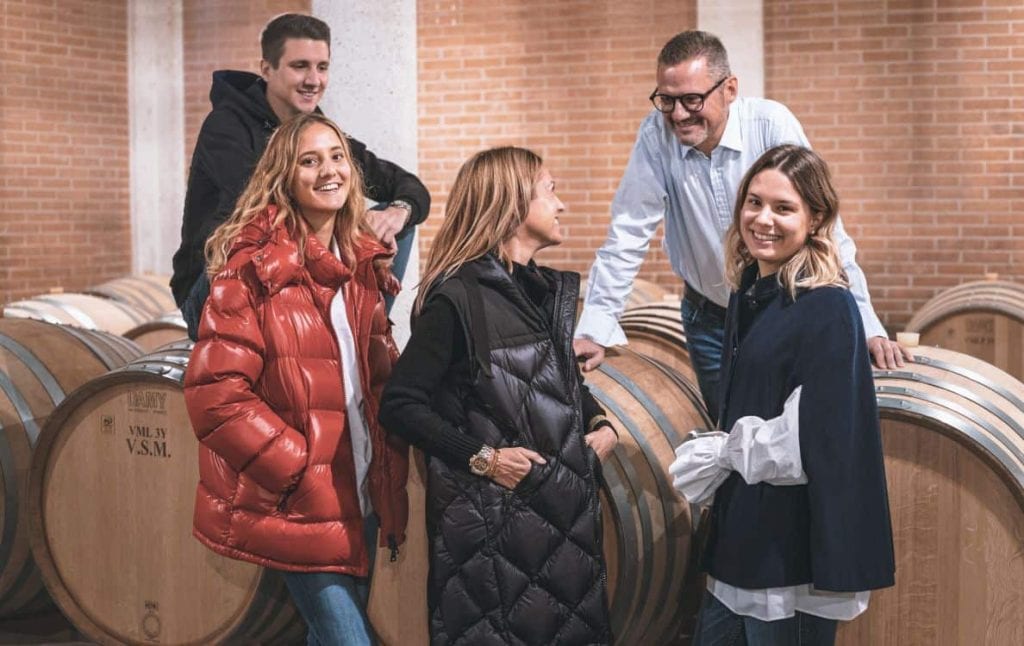
Can non-alcoholic wine really be called “wine”? Minister Lollobrigida has declared he’ll do everything he can to prevent the use of this term.
For us Italians, wine is a sacred cow; it’s not to be touched. But let me say this: even lactose-free milk or decaffeinated coffee retain their names, and no one seems to argue or make a fuss about it. The truth is that, regardless of what we call it, it’s still a product derived from wine.
Recently, there’s been a lively debate over excise duties on residual alcohol from the dealcoholisation process: what is your stance? Excise duty, yes or no?
Yes, excise duties are a complex issue, and now even the Ministry of Economy has gotten involved. I still support Minister Lollobrigida and this government, hoping they stick to their position. I produce alcohol in Germany, where you pay €13.61 per litre of pure alcohol but only at the time of commercialisation. These debates don’t affect me.
What is done with the alcohol removed in the dealcoholisation process? Have you ever thought about whether it could be used in other sectors?
The alcohol removed from the wine is of low quality, and the market is already saturated. Some sell it for fortified wines, but it doesn’t have much value. As a company, we don’t repurpose it.
Are non-alcoholic wines likely to capture market share among traditional wine drinkers, or do you think the target audience is entirely different?
The clientele for non-alcoholic wines mainly consists of people who have never consumed alcohol and never will. We’re not taking market share from the wine world; rather, we’re trying to attract new consumers.
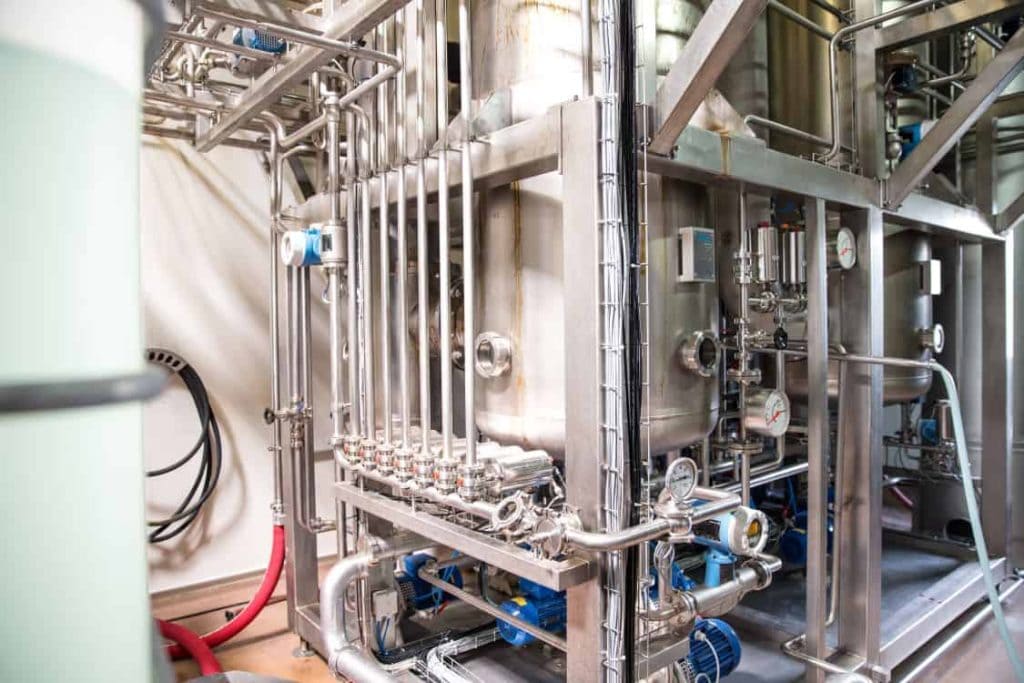
How is the non-alcoholic wine market behaving in Italy? Have you noticed any change in consumer interest, and specifically, how are sales going within the company?
Since 2020, we have seen a significant increase. Even those who were initially sceptical have changed their minds, and our de-alcoholised wines are now in constant demand.
What advantages would you gain from a law in Italy?
A law in Italy would be a big help in clarifying the situation because, as it stands, there are regulatory bodies and regulations that only create confusion. Coldiretti, for example, like other organisations opposing non-alcoholic wine, in my view, is damaging the entire sector. The wine industry needs to shake things up and reintroduce itself entirely.
How costly is the dealcoholisation process? And does transport between Germany and Italy have a significant impact on the final product cost?
Production in Germany is an advantage for us: in addition to greater openness to the product, excise duties are also different. In Italy, production costs are higher, and it’s a less favourable system for the non-alcoholic sector.
There’s been talk of a dedicated non-alcoholic pavilion in Italy for future Vinitaly events. In fairs like ProWein, has this approach brought concrete results?
Yes, it’s important to give these products visibility at fairs. ProWein in Germany has been doing this for some time, and I think it’s an opportunity for Italy to renew itself and stay competitive internationally.
Do you plan to expand your wine range? Could non-alcoholic sparkling wines have a better future than other types of wine?
Yes, next year, we’ll be launching another sparkling wine exclusively for the hospitality market: a 2.0 non-alcoholic Kabinett under the Dr. Fischer brand, my German company. We’re betting on Riesling. As for sparkling wines, they’re more versatile and offer a unique mouthfeel, while creating a high-quality non-alcoholic still wine requires an excellent base. We’re also considering a non-alcoholic red from Pinot Noir grapes, but it’s all still to be seen; it’s more challenging to manage tannins in a de-alcoholised wine.
What topics did you cover at the Gambero Rosso event on the wines of the future? What is your wine of the future?
Non-alcoholic wine is a great opportunity for the sector’s future, but I also discussed how wine communication needs to change. Young people don’t care whether a wine has undergone cold maceration or is 75 percent destemmed and 25 percent whole cluster. We in the wine world are outdated, and then we’re surprised when Gen Z nods to the bartender and orders a gin and tonic. Wine needs to renew itself completely, and simply raising prices, as suggested by winemaker Cotarella, is not the solution.

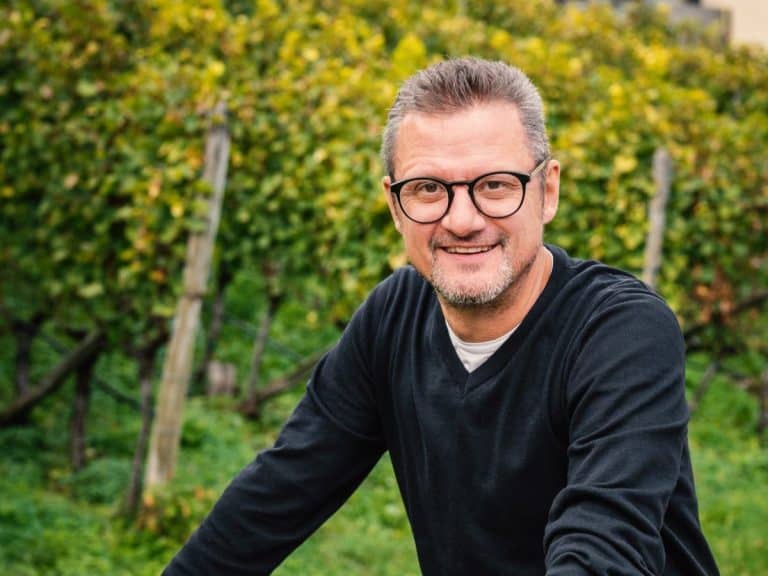
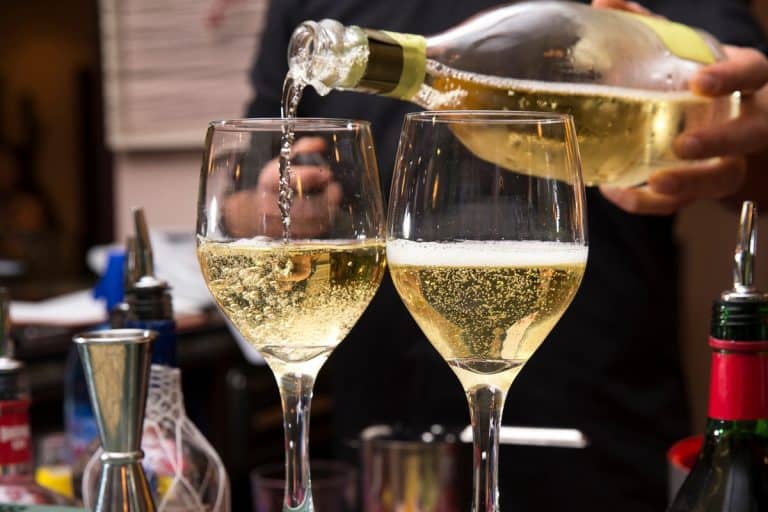 The 8 best Trentodoc wines chosen by Gambero Rosso
The 8 best Trentodoc wines chosen by Gambero Rosso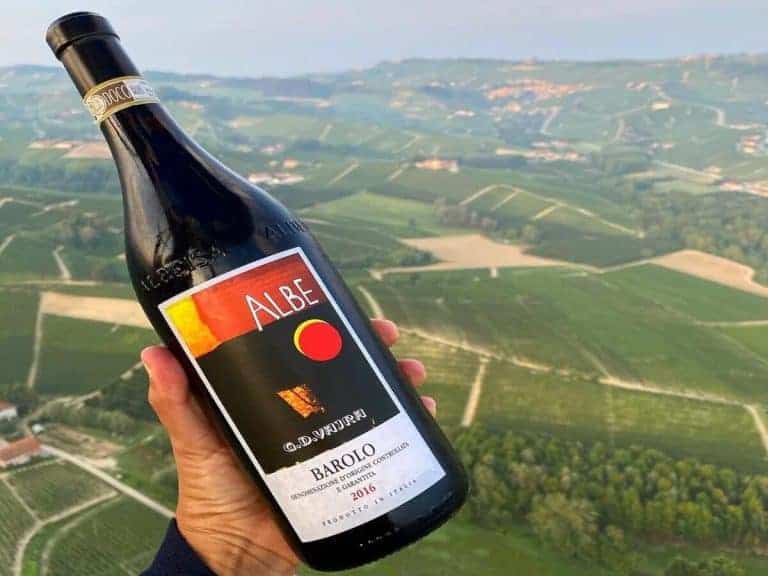 A Piedmont wine enters the top ten of Wine Spectator's "Top 100"
A Piedmont wine enters the top ten of Wine Spectator's "Top 100" Sparkling wines surpass still wines in Italian out-of-home consumption. Most popular during the aperitif
Sparkling wines surpass still wines in Italian out-of-home consumption. Most popular during the aperitif American Barbecue wins a Michelin star for the first time in history
American Barbecue wins a Michelin star for the first time in history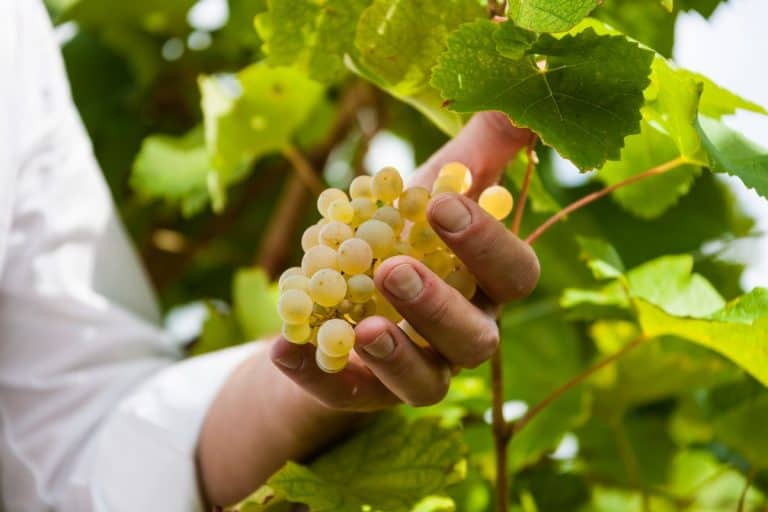 Prosecco Superiore: the 8 best selected by Gambero Rosso
Prosecco Superiore: the 8 best selected by Gambero Rosso